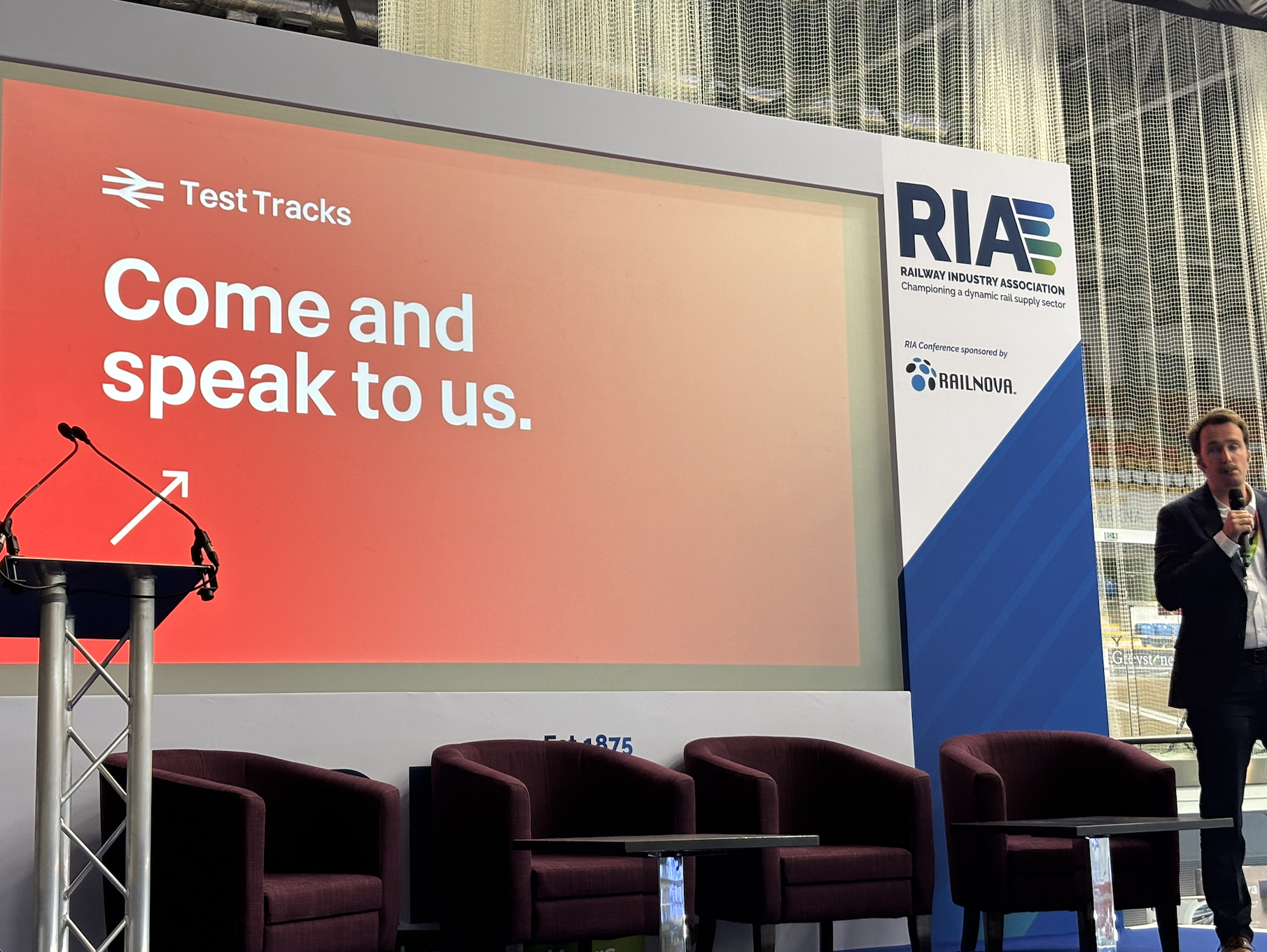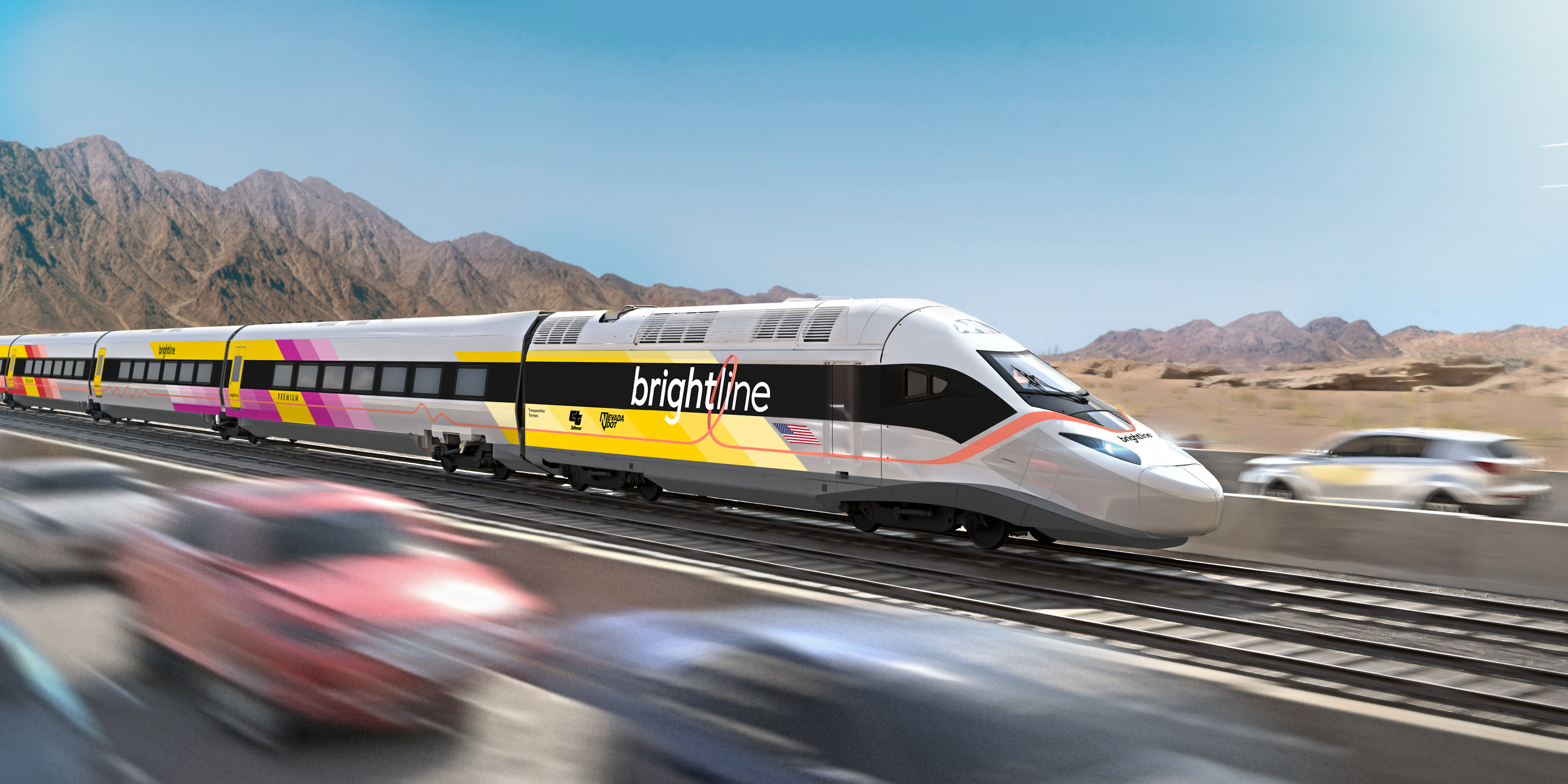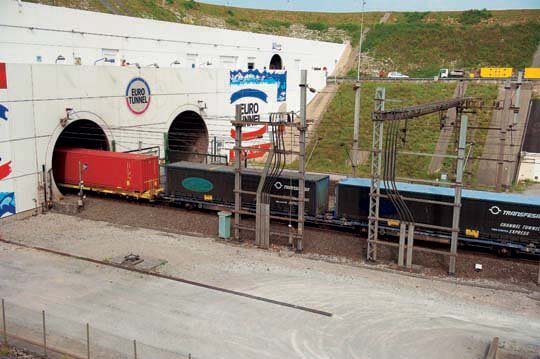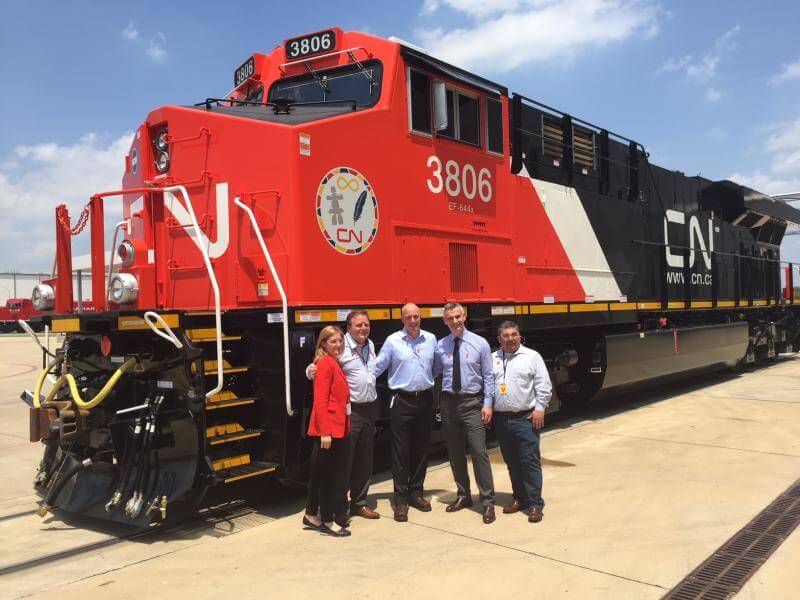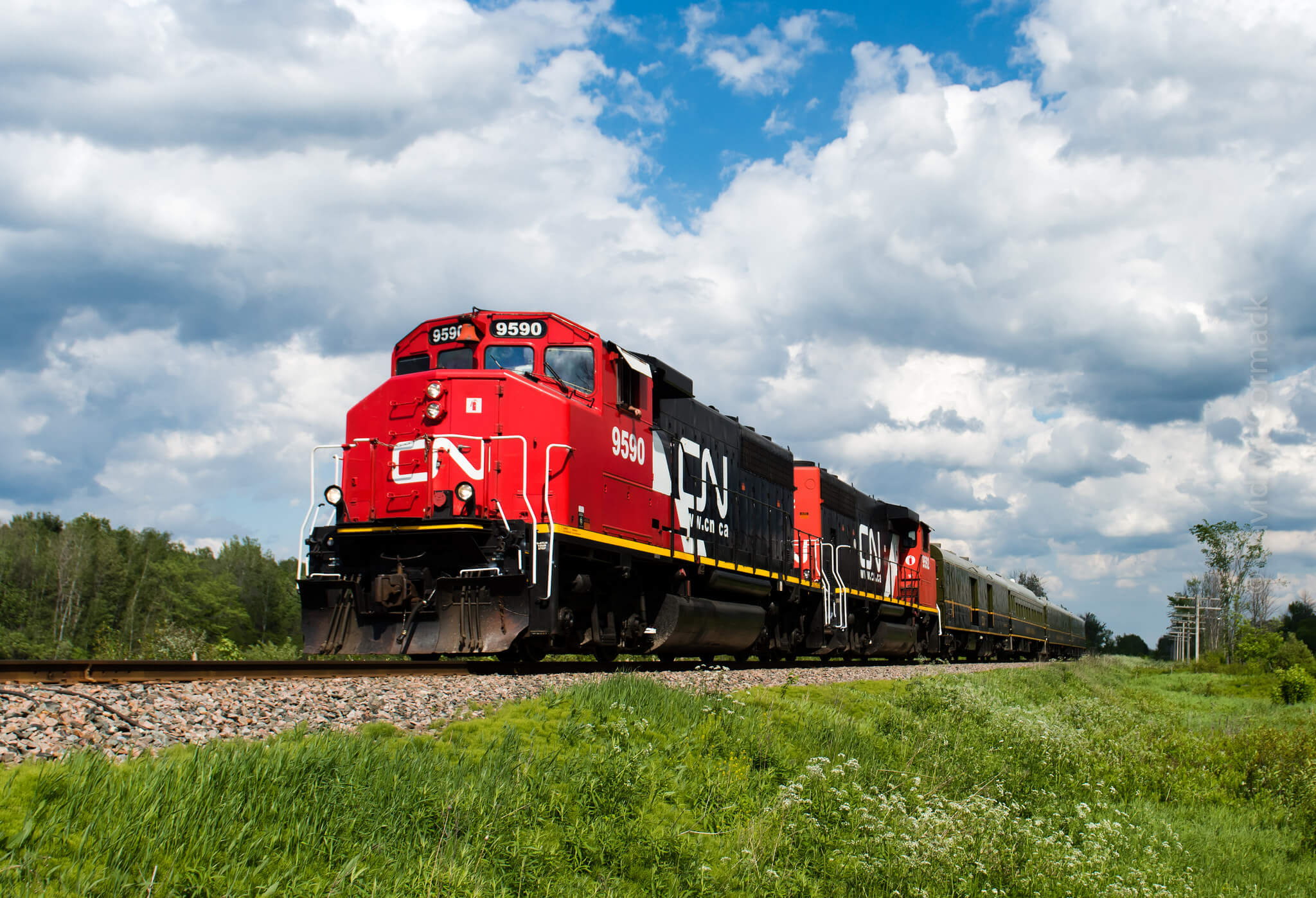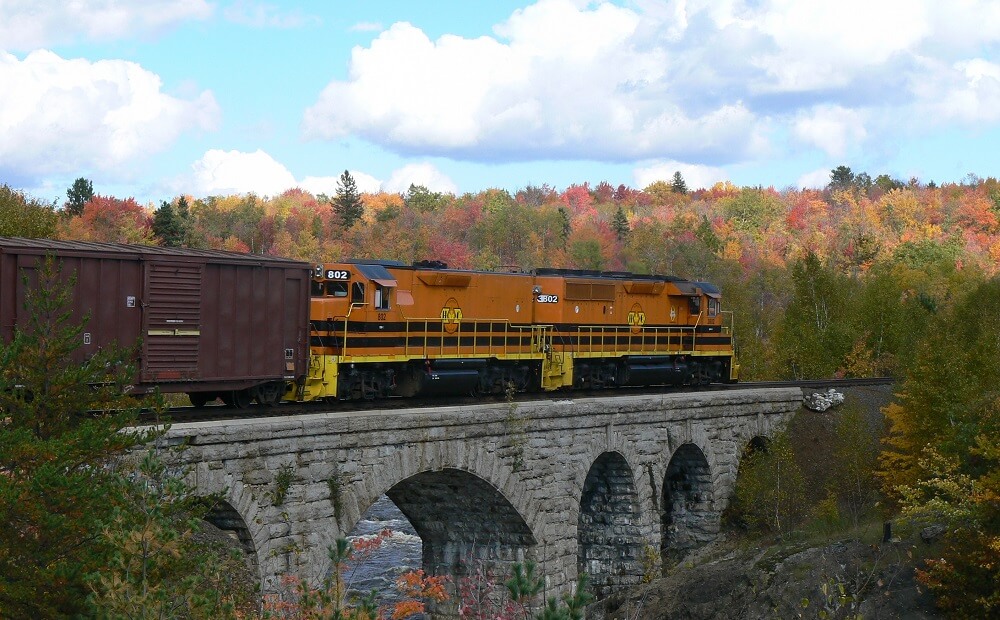The improvements to safety, services and infrastructure provided by new technology, from Positive Train Control to the use of data, are a recurring theme in the rail industry. Unfortunately, adopting some innovations can be expensive and difficult to implement, especially for small companies. Some advancements might also depend upon changes in regulation with the consent of politicians and administrators. The Association of American Railroads (AAR) recently released a white paper describing their vision for how the industry and U.S. lawmakers can work together to improve this situation. In this article Edward R. Hamberger, President and CEO of AAR, tells Railway-News how his organisation plans to work towards realising its priorities.
By Ed Hamberger, President and CEO of the Association of American Railroads

America is home to the greatest freight rail network in the world, evidenced in its ability to safely and efficiently move five million tons every day. Alongside trucks and barges, the industry is part of a sophisticated supply chain that delivers 54 tons of good for every American each year. We are putting technology to work to keep it that way, and in fact, improve the fluidity and reliability of the network. By 2040 freight demand is projected to increase 41 percent, and railroads are making technology investments now to take on future transportation challenges. Through unrelenting innovation, private freight railroads will be able to face fierce competition. We see the trucking sector — rail’s biggest customer but also biggest competitor — barrelling towards at least partial automation. And we know that to compete for the long haul, we will need to similarly streamline certain operations to boost efficiency and keep costs down for our valued customers. As technology continues to transform every aspect of our lives, the freight rail industry has stepped up to the plate with next-generation innovations — drones, trackside detectors and PTC — that make the network safer, more efficient, and more reliable than ever before. The kicker of it all? For us, or for automobiles, trucks or manufacturers, technological gains will bolster safety and save lives. The nation’s largest railroad companies recently showcased these technologies on Capitol Hill as part of Infrastructure Week, which highlights the conditions and needs of our country’s most critical infrastructure — from road and rail to water and energy systems. Where freight rail stands apart is the commitment and ability to make consistent, massive private investments — $100 billion over the last four years alone — in technology, equipment and infrastructure. Which is why the American Society of Civil Engineers gave rail their highest grade in the 2017 Infrastructure Report Card. Those investments have paid of with mainline train accidents down 32 percent over the last decade. Last year continued a trend in which the industry was the safest ever, setting records for train accident rates and track-caused accidents. Importantly, track-caused accidents are the largest contributor to incidents on the network – a key reason why the industry is innovating in this area. Yet there is always room for improvement, hence why private capital is increasingly spent on items the average observer may not associate with a 200year old industry.
In our white paper we said:
“Integrated teams of data scientists, software developers and engineers develop and apply technology across every aspect of the nationwide freight rail network. Today’s trains are powered by 200-ton locomotives equipped with supercomputers capable of processing a billion data points per second to maximize operational and fuel efficiency. Smart sensors throughout the network assess the health of the nation’s rail infrastructure and equipment to ensure safe operations. Railroad experts at command centers analyse this data to develop real-time maintenance and operational recommendations that improve fluidity and productivity of the rail network.”
Additionally, automated track inspections and wayside detectors gather data across the nation, identifying microscopic flaws in track and equipment that would escape the human eye. This allows railroads to perform proactive maintenance before small issues become big problems. All the while, Positive Train Control (PTC) technology is an automated backup system that will prevent certain accidents caused by human error. While PTC is no magic bullet, it will clearly provide great benefits to the network and improve safety. These applications of automated technology have already shown great promise and will continue to enhance the safety and efficiency of the rail network for years to come. Also, they will serve as the foundation for further innovation that can improve network fluidity and enhance safety by further addressing human errors, which cause a third of rail accidents. Taking the next leap with automated technology requires a paradigm shift as regulatory barriers stand in the way of further rail innovation. Policymakers and elected officials would be wise to think even bigger if they wanted to help the freight rail industry create an infrastructure system capable of meeting the challenges of tomorrow. We need policies that encourage – not discourage – us from developing and deploying new technology. A supportive regulatory climate, driven less by command and control regulation and more by performance-based rules, can help all modes of transportation innovate.
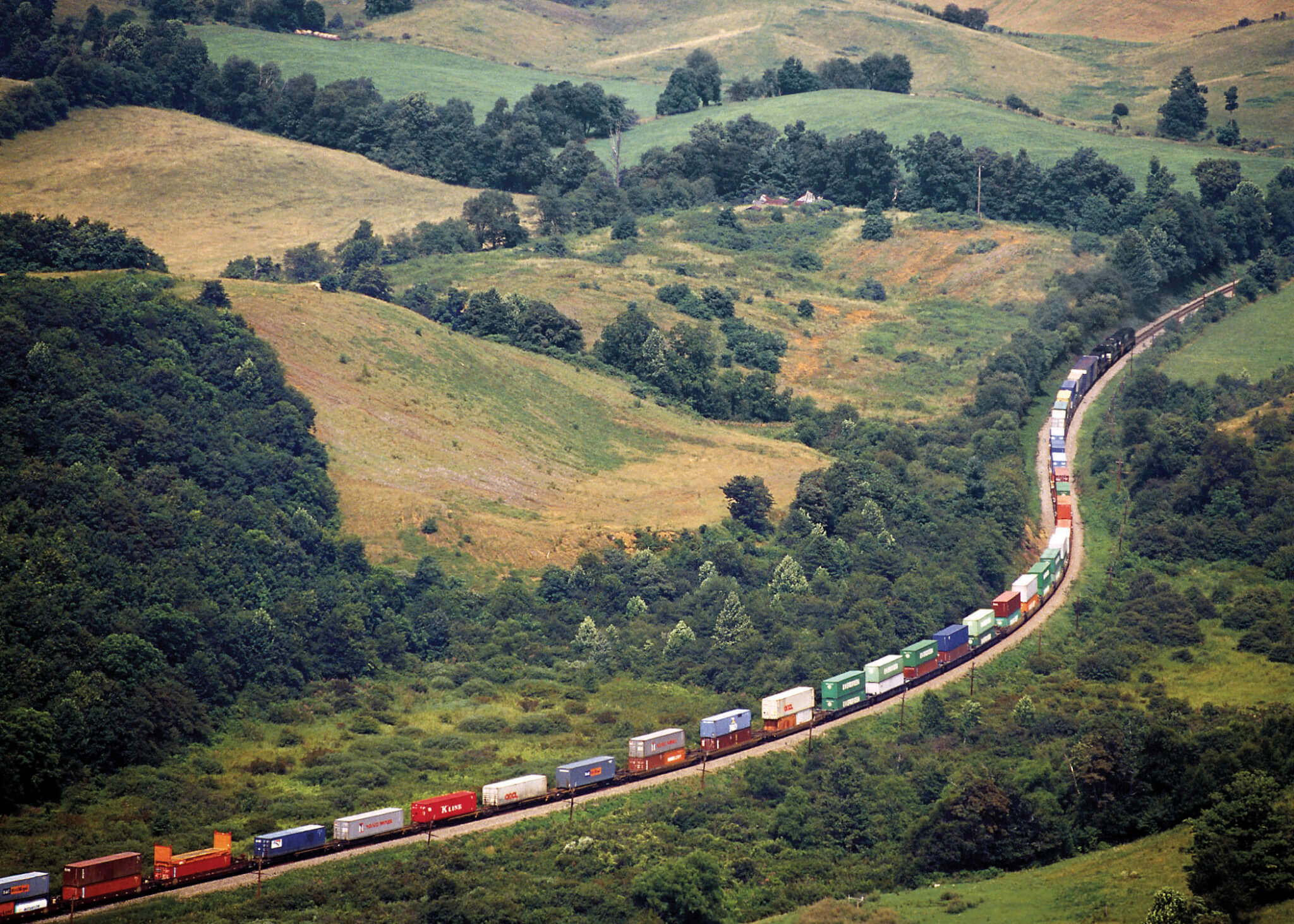
That is why we recently called for the Department of Transportation to work with the industry to support the innovative development and deployment of game changing automated technology on railroads in the same way they have in other sectors. Railroads share the Department and Congress’s safety goals and are anxious to work towards modern regulations based upon today’s technology, but they also have to be flexible enough to embrace future innovation. This type of approach will help freight railroads continue investing in the technologies capable of building and maintaining today and tomorrow’s rail network. Worth noting, however, is that the obvious unknown of technology and automated technologies will be the impact to the rail labor force, a phenomenon of course applicable to just about any U.S. industry and which engulfs a significant portion of public discourse surrounding technology. We believe that history provides good evidence for the fact that technology will lead to job shifts over time, with some jobs eliminated — like the blacksmith of old — while others are created — just like the PTC technician in railroads of today.
Robert D. Atkinson, leader of the Information Technology & Innovation Foundation, notes in a 2017 report,
“even if automation eliminates some of the jobs in a particular industry, it does not reduce jobs in the overall economy. The reason is that no organization automates unless it saves money, and those savings get passed on to consumers, who in turn use those savings to buy something else. That spending creates jobs in other parts of the economy.”
We tend to agree, and appreciate that any future changes will be part of a collaborative collective bargaining process in our industry. As one of the most storied U.S. industries, we have long delivered for our customers and the economy. As times have changed, so has freight rail. This will only continue in the future.

















